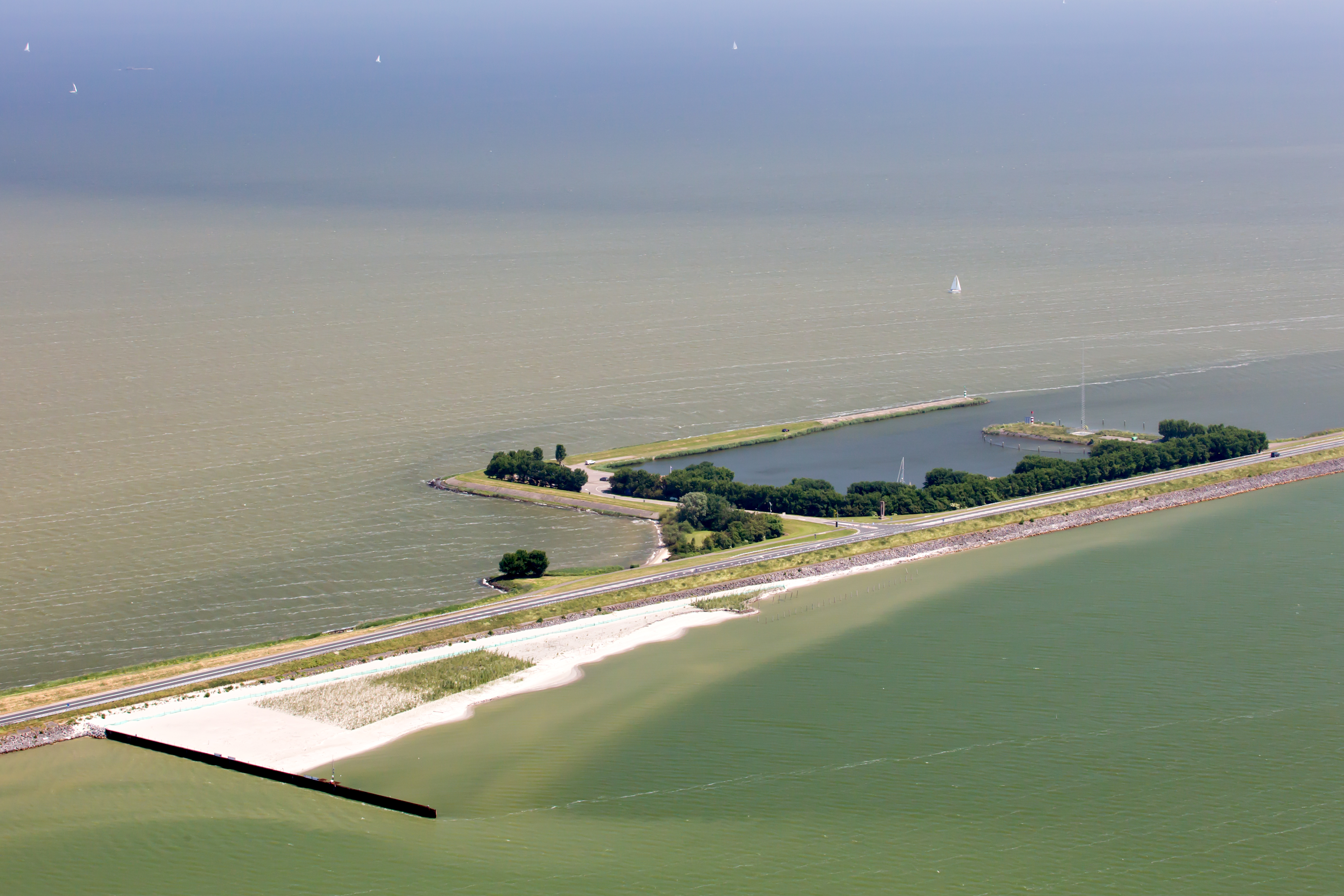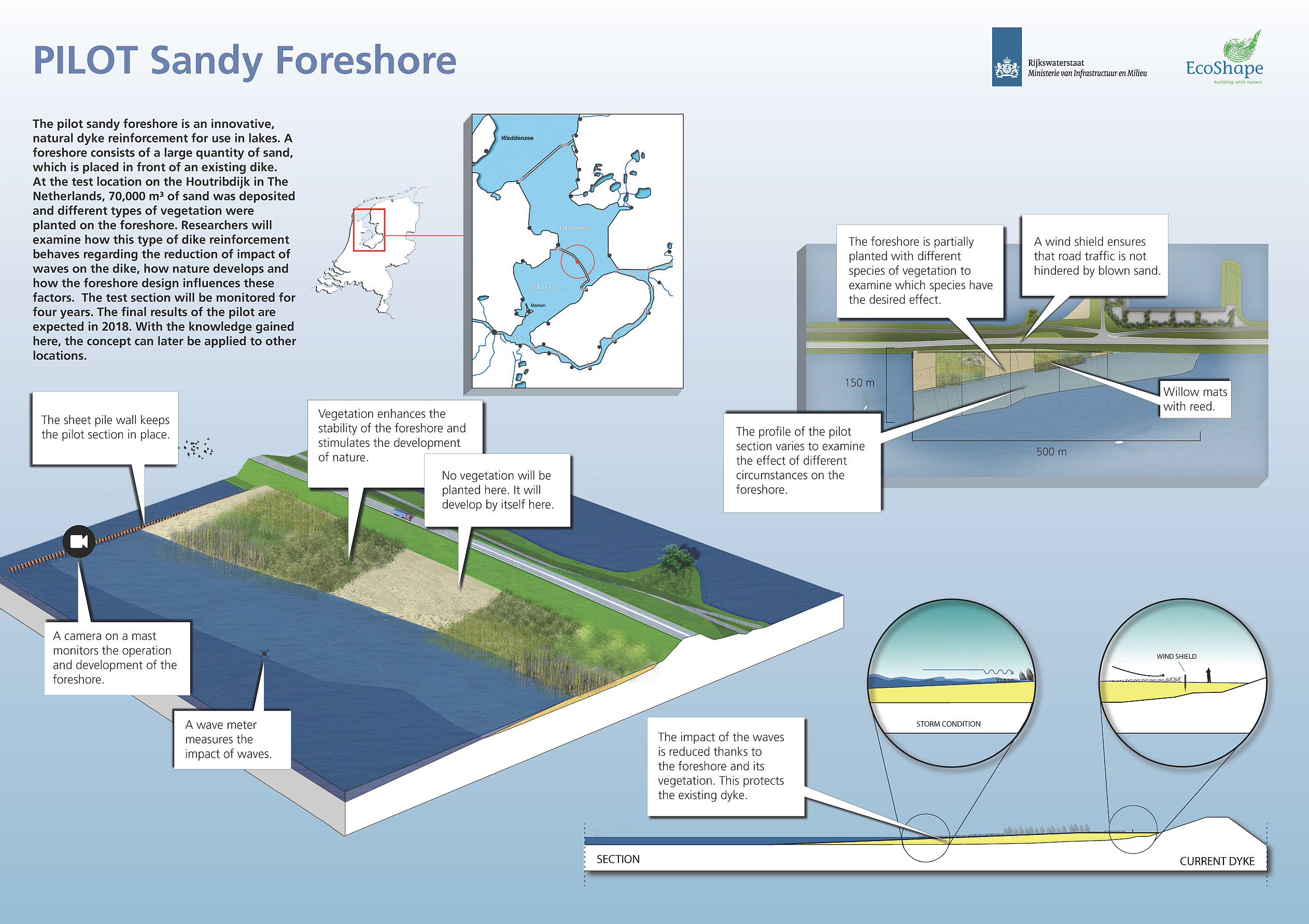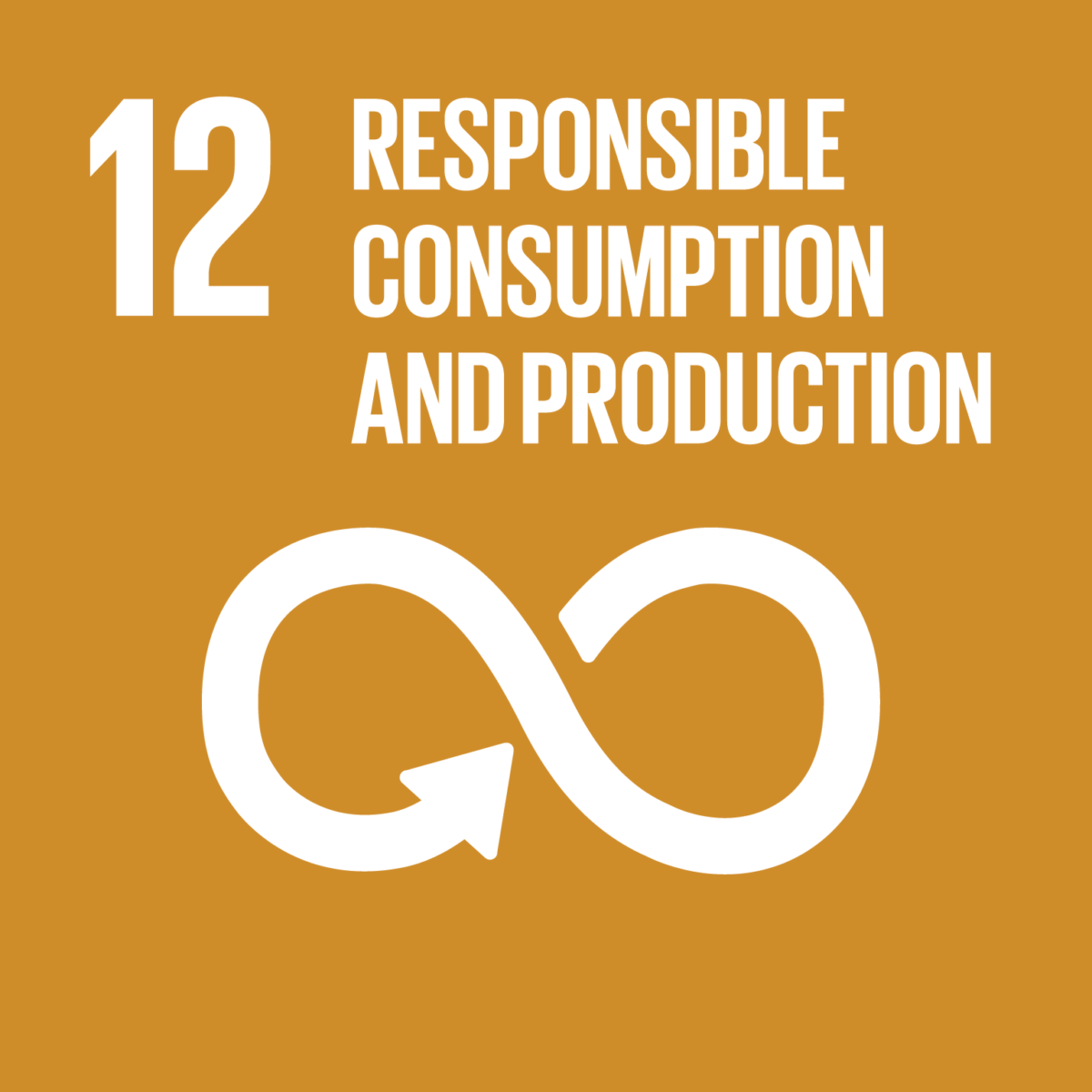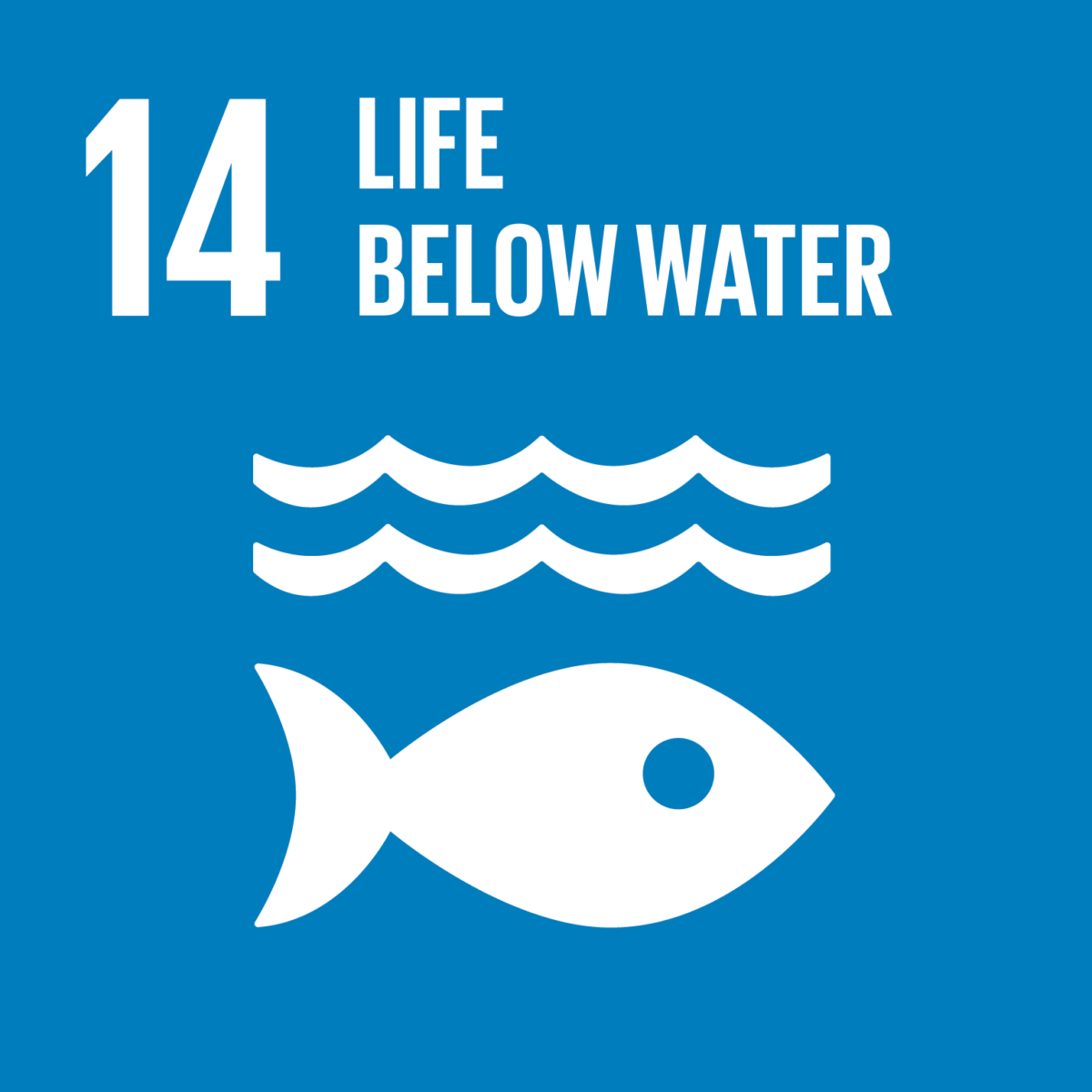The traditional approach to dike reinforcement (a bigger dike) is usually the first option that comes to mind when a dike is no longer fit for purpose, even though there may be more attractive alternatives from several points of view.
A sandy foreshore consists of a large quantity of sand that is deposited in front of a dike. This body of sand attenuates the waves and therefore eliminates or reduces the impact of the waves on the dike, avoiding the need to strengthen the dike.
Results
The pilot ran from 2014-2018. Download the overall summary and summaries per report below.

In many locations, a sandy foreshore will be cheaper to install and maintain than a traditional dike upgrade. Moreover, the approach is more sustainable and it improves nature and leisure facilities in the area. This pilot project created a test site to study the behaviour of a sandy foreshore. The project is part of the Dutch Flood Protection Programme.
Goal
A sandy foreshore to strengthen a dike is already a proven solution on seashores. However, in other locations – lakes, for example – more evidence is needed and we need to learn more about the effectiveness of this type of solution in specific circumstances. This project will provide answers to questions about the impact of waves on the foreshore and the effect of the growth of vegetation on the stability of the foreshore. This knowledge can be used to formulate criteria for the selection of suitable locations for foreshores.

Approach
This is a large-scale pilot study located on the Houtrib Dike between the cities of Enkhuizen and Lelystad in the Netherlands. A 450-metre-long foreshore test section was constructed in the summer of 2014. It consisted of a body of sand of approximately 70,000 m³ that varied in width and height. Different types of vegetation were planted on the foreshore in the spring of 2015 to test the effectiveness of a range of situations simultaneously.
Research
The foreshore test section is monitored for four years (2014-2018). The monitoring included water levels as well as wave strength measurements. Two cameras have been installed to make a picture of the site every hour (a time-lapse animation with these pictures can be seen below). A topographic survey is conducted several times per year. All the data collected is analysed to answer how a secure, stable and cost-efficient sandy foreshore can be designed for use in lake systems (see publications below). More in-depth information on this pilot project can be found at the case Houtrib Dike Pilot Project.
This film shows a timelapse of the coastline rotation made by the on-site camera.
Downloads
The project provides knowledge on design, construction, management and maintenance of sandy foreshores in lake systems as well as a testing protocol for this type of solutions. Results will be used to support decision making and design of future foreshores on other locations and under other circumstances.
Sustainable Development Goals
Contact














